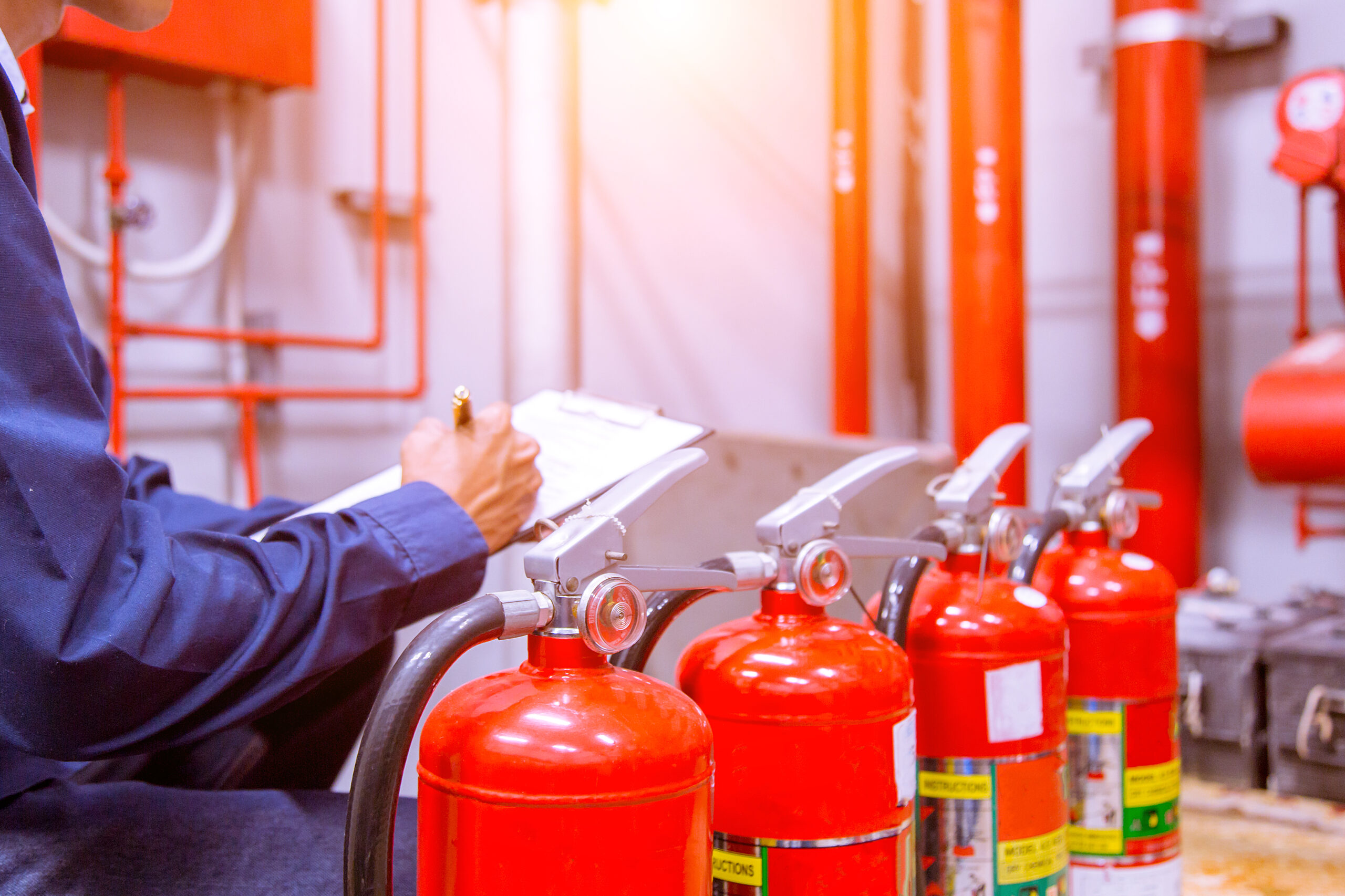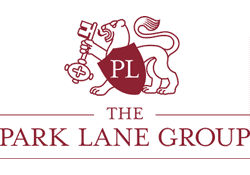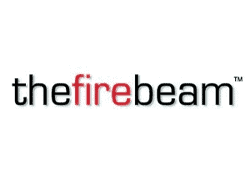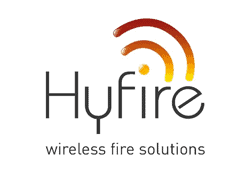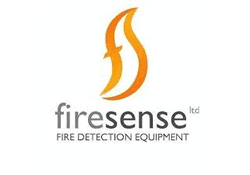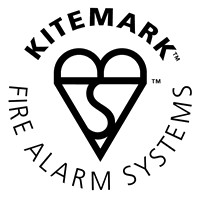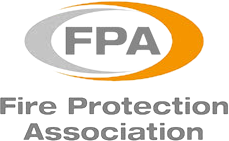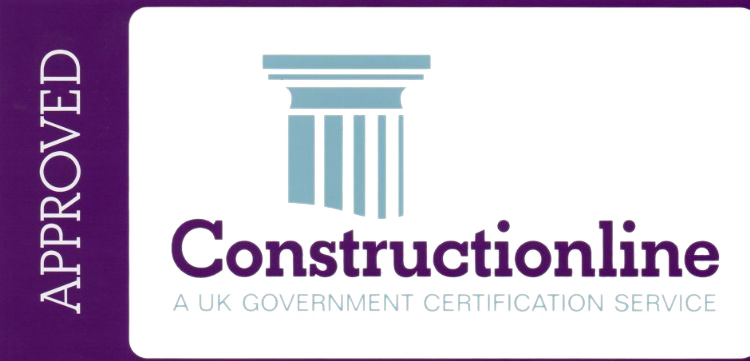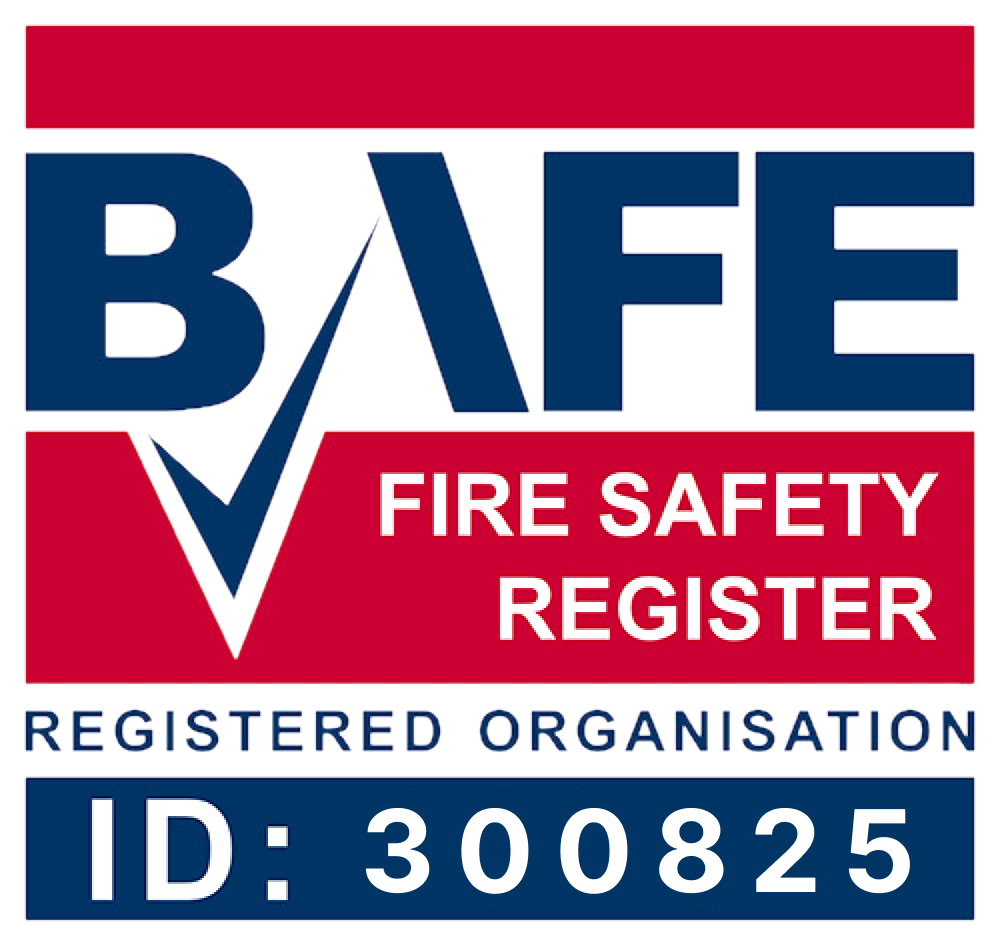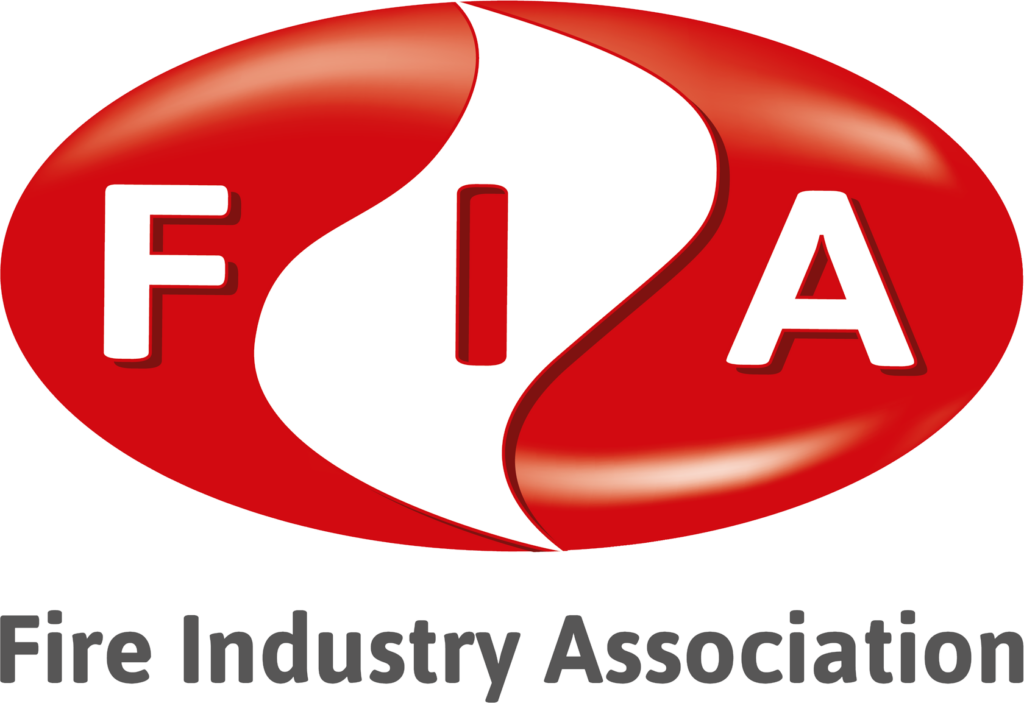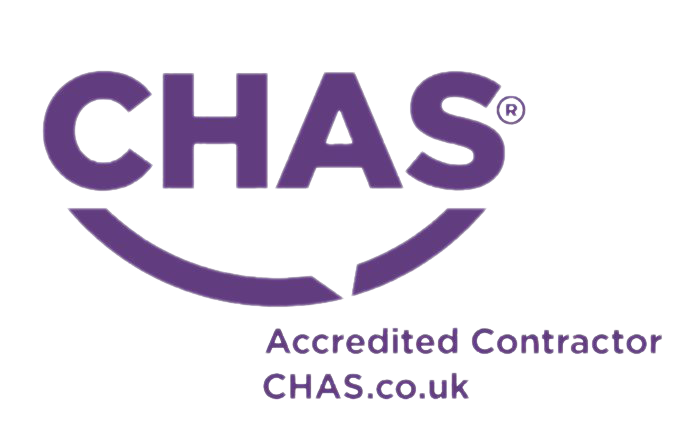As dangerous and sad as it may sound, fire hazard is a real thing. Therefore fire risk assessment is something all building owners need to keep in mind. The working body that is responsible for fire safety legislation is The Regulatory Reform (Fire Safety) Order 2005. Not only do they define clear responsibilities and rules for commercial and workplaces, but they also require the responsible people to be able to provide and maintain proper precautions and fire protection.
Employers Are Responsible For Fire Safety
According to British law, employers are the responsible people for fire precautions in the building they reside in and for making sure it works. The Health & Safety at Work Act 1974 basically set out the responsibilities of employers needed to protect their workers. All the measures that need to be carried out are listed below:
- Conducting and following regular risk assessments
- Hiring credible people to oversee health and safety
- Setting up proper fire safety emergency plan and procedures
- Providing suitable training to employees
Smoke alarms and carbon monoxide detectors
As far as smoke alarms and fire safety detectors for carbon monoxide are concerned, the landlord of the property is responsible for getting them installed throughout every floor of the building. The alarms help with adequate training of employees and complete an important aspect of all the necessary provisions. Another important thing is that any room that holds any kind of fuel or has access to dangerous substances like wood or stove needs to be constantly monitored. Although alarms should be regularly tested, they need to be tested at the start of the tenancy.
Who is responsible for completing a fire risk assessment?
While we have discussed who is responsible for enforcing fire safety legislation, we need to now discuss who is responsible person for completing a fire risk assessment. And this is where fire marshals come in. They determine the level of danger in the building and make sure things like using a fire extinguisher, appropriate training, escape routes, firefighting equipment, fire hazards, emergency services, fire alarms (fire detection mechanisms), and general fire safety are taken care of.
Types of fire extinguishers
There are 5 main types of fire extinguishers:
-
Water
Water-based extinguishers are used on flammable solids like wood, paper and textiles since it provides cooling effects.
-
Foam
This one is used for flammable solids, flammable liquids like petroleum, and liquefiable materials like wax. It can quickly cover this burning material and cover and contain the fire fast.
-
Dry Powder
Used on classes A, B & C and electrical fires where class C is flammable gasses. You need to make sure the gas is isolated first as the extinguisher takes it out by smothering it.
-
CO2
Used for class B flammable liquids and electrical fires. CO2 is an asphyxiant so the fire is choaked before it is taken out. However, these extinguishers need to be used carefully as CO2 can be dangerous for people as well.
-
Wet Chemical
Used for class F fires: These are used on fires caused by cooking oils and fats but can be used on most class A and B fires as well. These extinguishers are commonly found in kitchens with fryers for fat.
Who is responsible for using a fire extinguisher?
Any can use one when it is used as a first aid fire extinguisher. This is because you need to do anything you can to contain and eventually stop the fire. However, if there are clear instructions to evacuate, you need to evacuate the building fast. It can be taken with you as well if the escape route is blocked by fire. A fire warden is also responsible for using an extinguisher if the need calls for it. The rescue authority and relevant authorities are responsible for using it too. Extinguishers are definitely an important part of fire equipment.
What should fire safety training at work cover?
Fire safety training at work should cover in detail all three levels of fire hazards, and they should also train people in drills and teach them what to do in case a fire breaks out. People should know how to use fire safety equipment, and how to run and escape quickly, and all these instructions need to come from a proper marshal and a risk assessor.
Do I need training to use a fire extinguisher?
Usually, the process is pretty straightforward and self-explanatory, however, getting proper training for it is always great in making sure you are using the equipment properly and efficiently. This can be important, especially in times when you need to save all your resources to accommodate the entire place adequately.
As you can see, fire safety is crucial and things like fire extinguishers and enforcing fire safety legislation are important. From fire alarm availability and functionality to thorough fire risk assessment, fire safety regulations, fire safety awareness, fire protection, fire risk assessments, fire safety protocol, fire doors, and rescue authorities are super important.
Conclusion
If you made it to the end of this blog, we believe you are more than ready to start exploring the world of fire safety and that you have all the information at your disposal. So, make sure you have all your fire doors open! Fire safety is a concern for many buildings, especially big ones that require proper escape routes. People have been a target of wild spread fires for a very long time now and this misery needs to end. Always protect each other and yourselves. Fire is a great servant but a bad master.
[/et_pb_text][/et_pb_column][/et_pb_row][et_pb_row _builder_version=”4.19.0″ _module_preset=”default” global_colors_info=”{}”][et_pb_column type=”4_4″ _builder_version=”4.19.0″ _module_preset=”default” global_colors_info=”{}”][et_pb_text _builder_version=”4.19.4″ _module_preset=”default” header_5_font=”|||on|||||” header_5_text_align=”center” header_5_text_color=”#000000″ header_5_font_size=”25px” global_colors_info=”{}”]
Other Articles
[/et_pb_text][et_pb_blog fullwidth=”off” posts_number=”3″ include_categories=”118″ use_manual_excerpt=”off” excerpt_length=”0″ show_author=”off” show_date=”off” show_excerpt=”off” show_pagination=”off” _builder_version=”4.19.0″ _module_preset=”default” header_level=”h6″ header_font_size=”18px” meta_font=”|||on|||||” meta_font_size=”10px” meta_letter_spacing=”2px” text_orientation=”center” custom_css_featured_image=”transition: transform 300ms;” border_radii=”on|10px|10px|10px|10px” border_width_all=”0px” box_shadow_style=”preset1″ box_shadow_blur=”4px” box_shadow_color=”rgba(38,0,0,0.3)” locked=”off” global_colors_info=”{}” transform_styles__hover_enabled=”off|hover” transform_scale__hover_enabled=”off|hover” transform_translate__hover_enabled=”off|hover” transform_rotate__hover_enabled=”off|hover” transform_skew__hover_enabled=”off|hover” transform_origin__hover_enabled=”off|hover” transform_scale__hover=”105%|105%” box_shadow_blur__hover_enabled=”off|hover” box_shadow_blur__hover=”18px” custom_css_content__hover_enabled=”off|hover” custom_css_content__hover=”box-shadow: 0px 2px 13px 0px rgb(38 0 0 / 30%);||transition: transform 300ms ease 0ms,box-shadow 300ms ease 0ms;||” custom_css_featured_image__hover_enabled=”on|hover” custom_css_featured_image__hover=”transform: scaleX(1.05) scaleY(1.05)!important;||transition: transform 300ms;||-webkit-font-smoothing: antialiased;”][/et_pb_blog][/et_pb_column][/et_pb_row][/et_pb_section]


